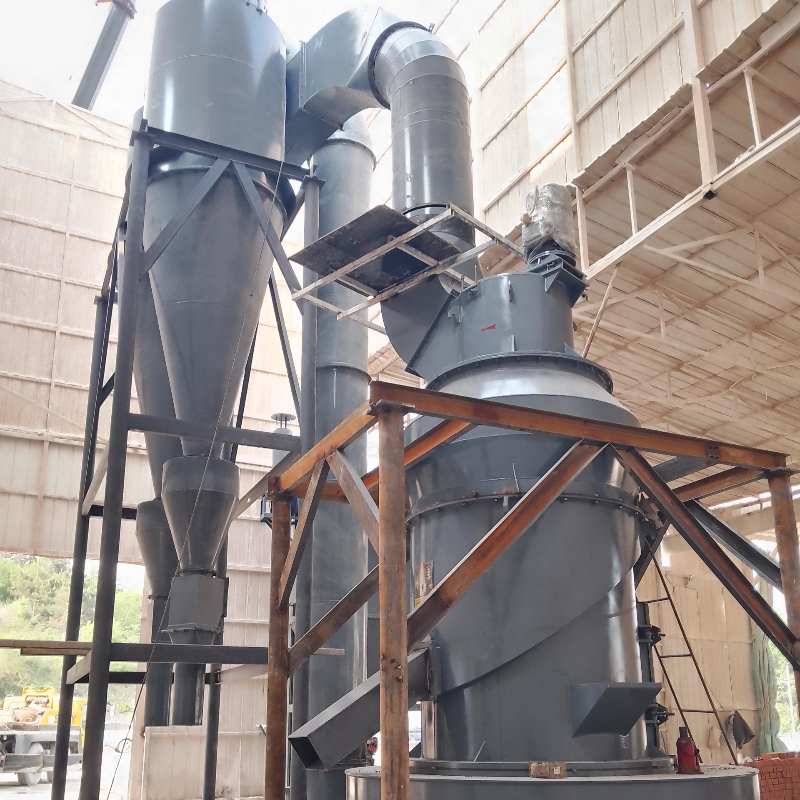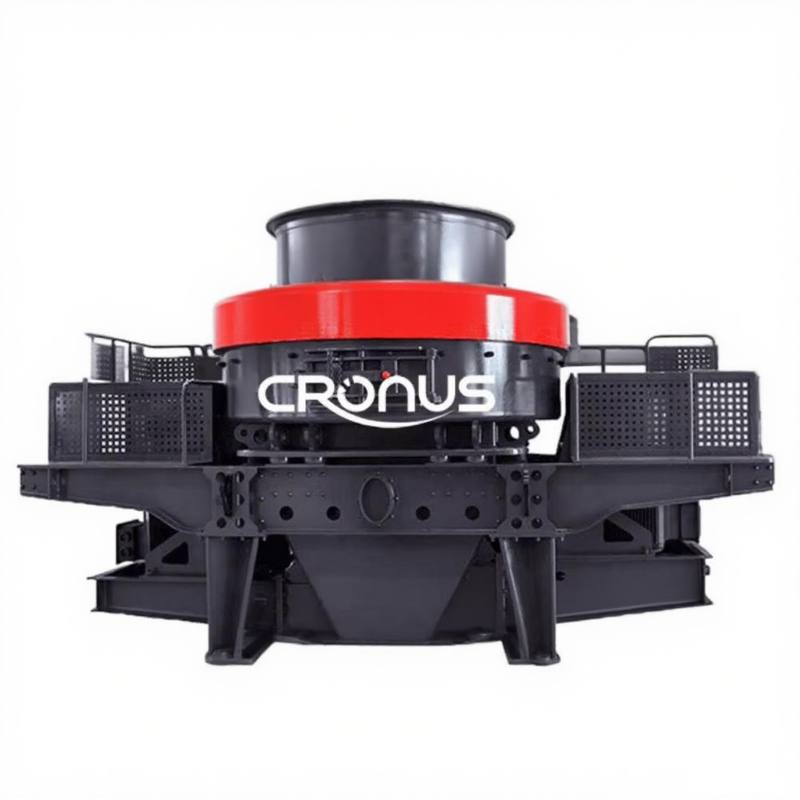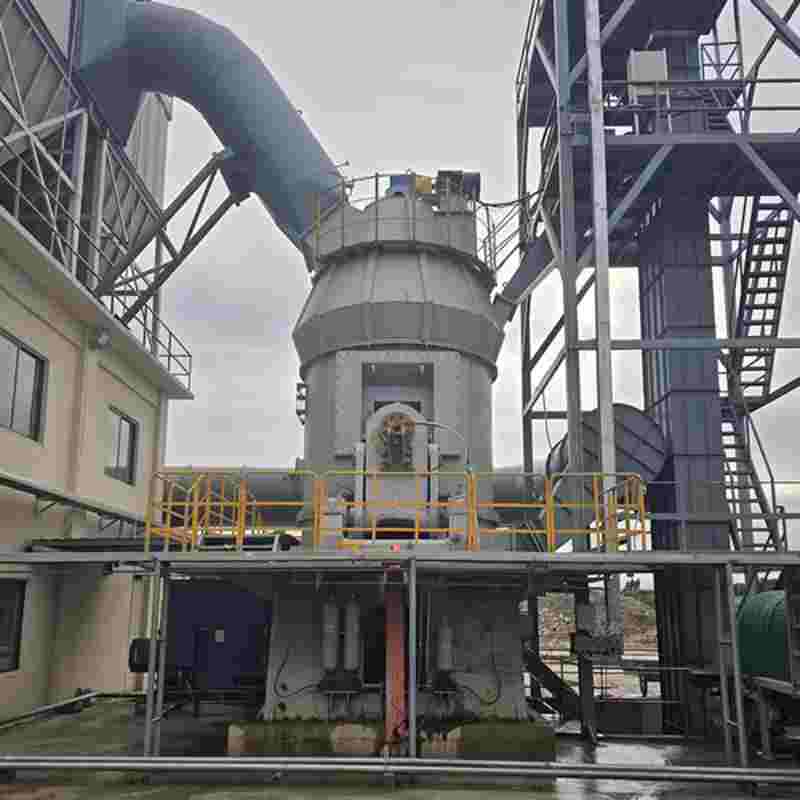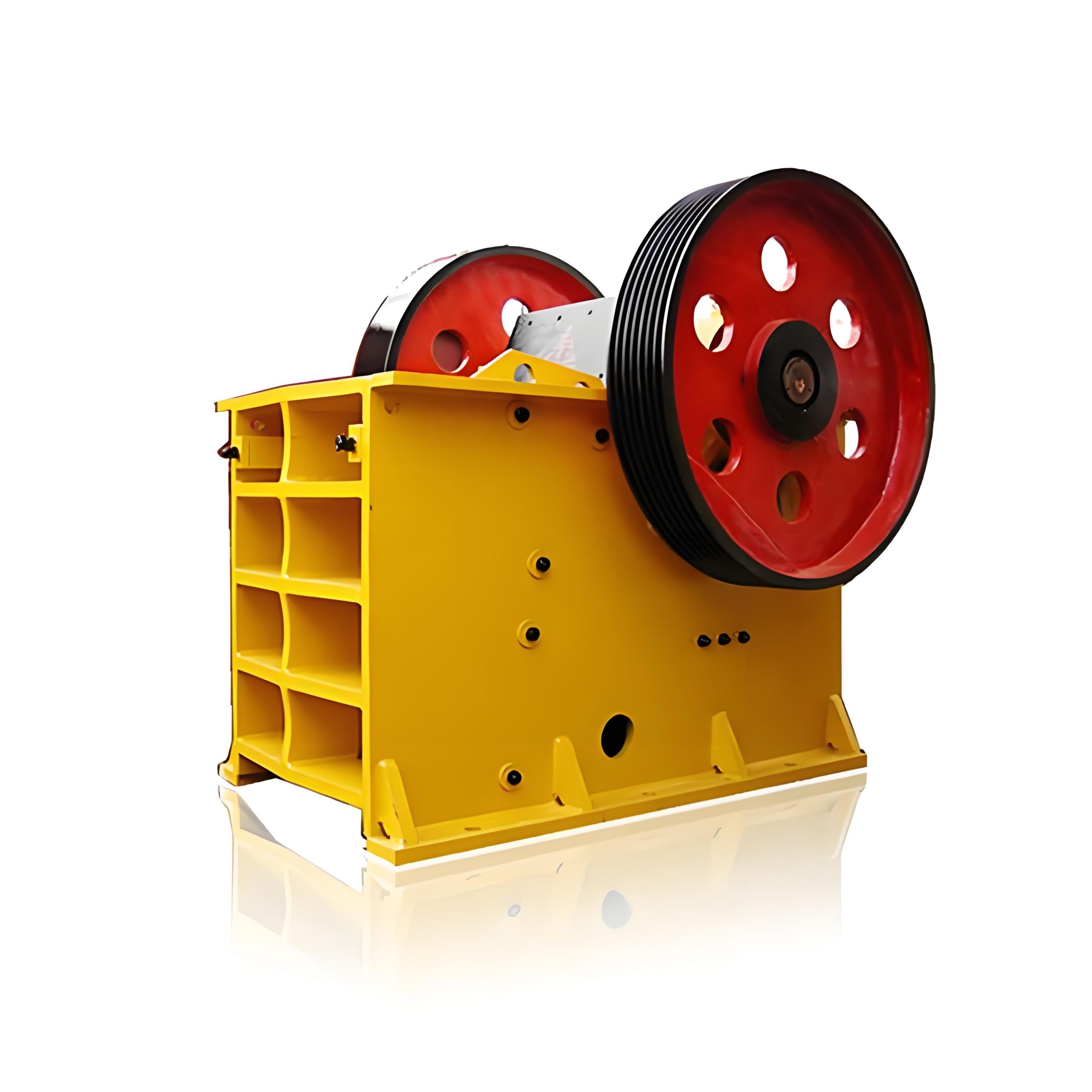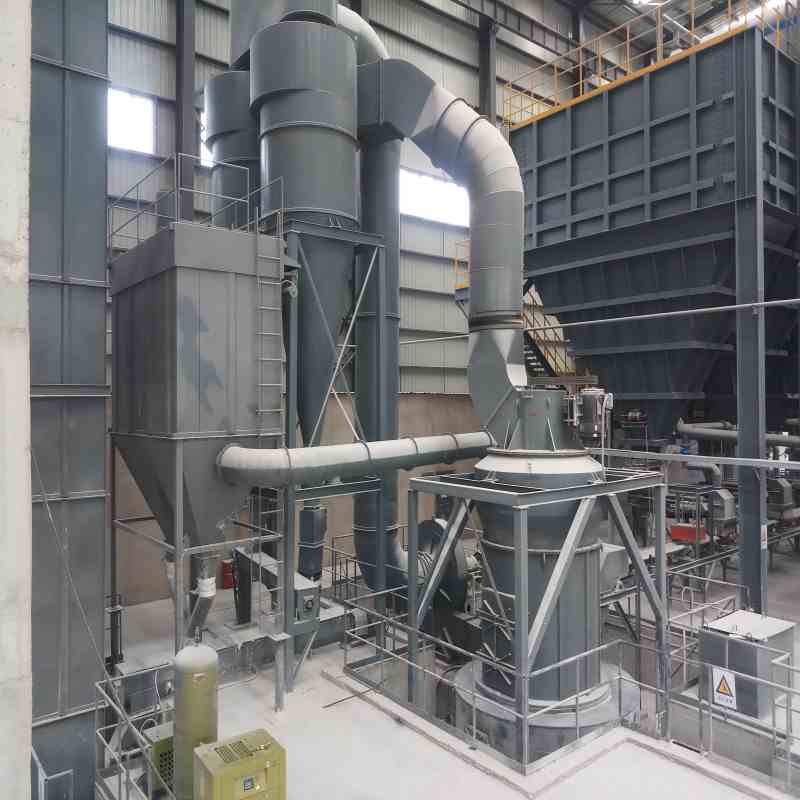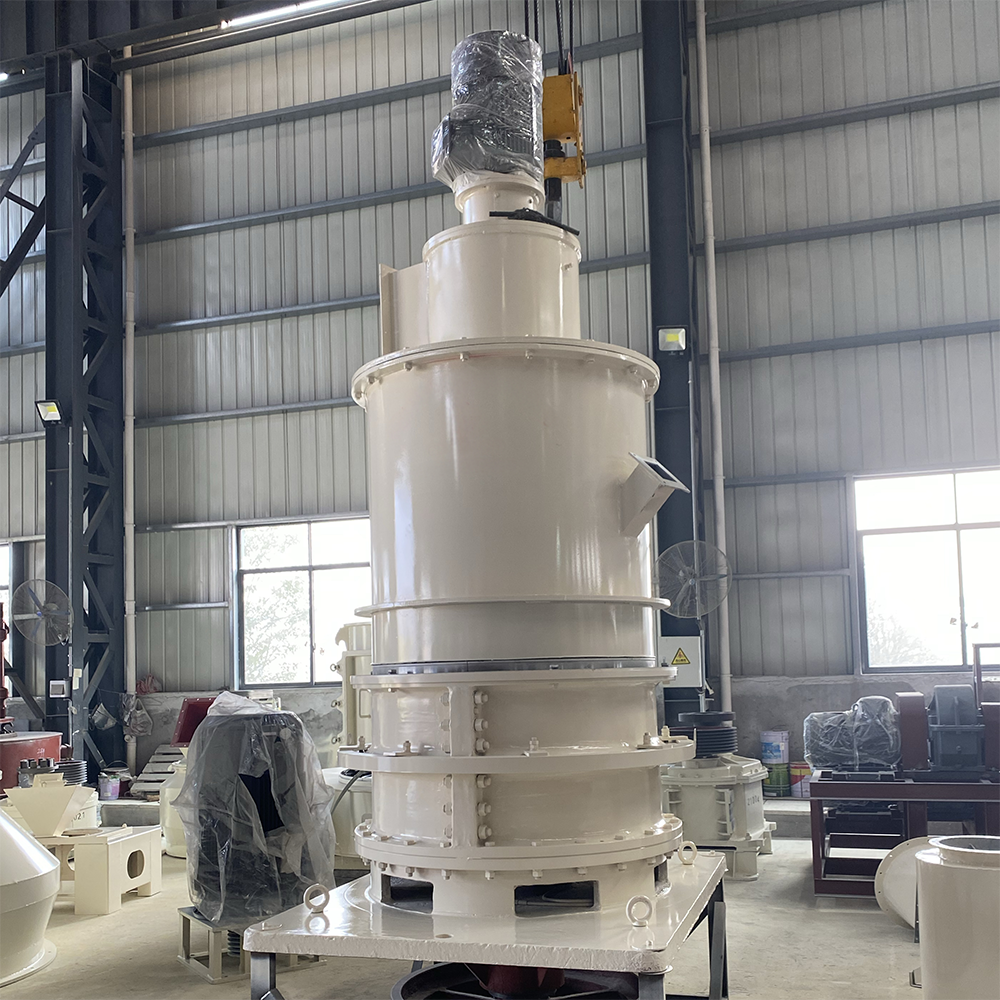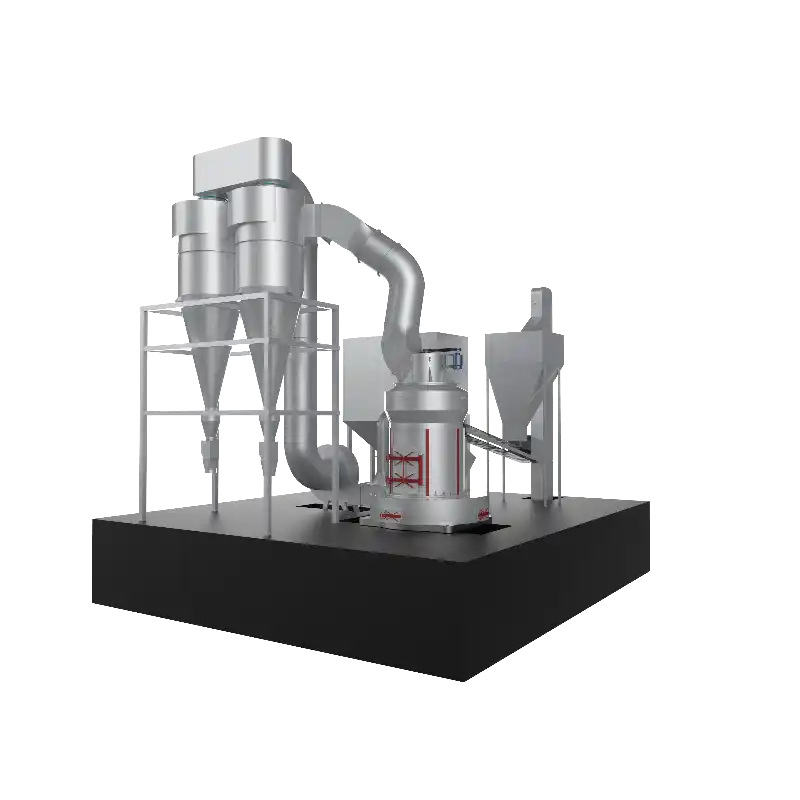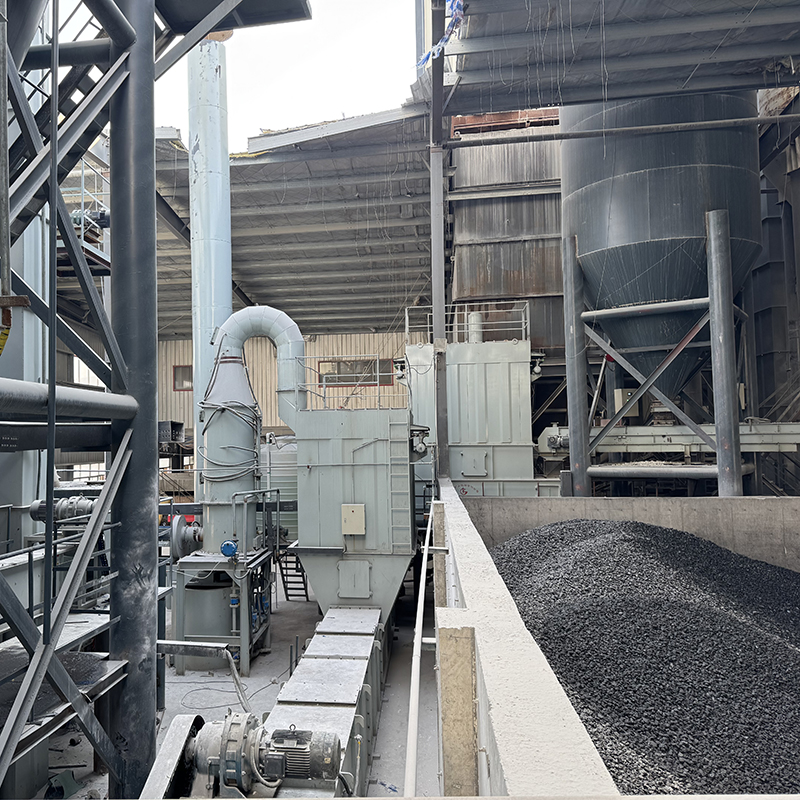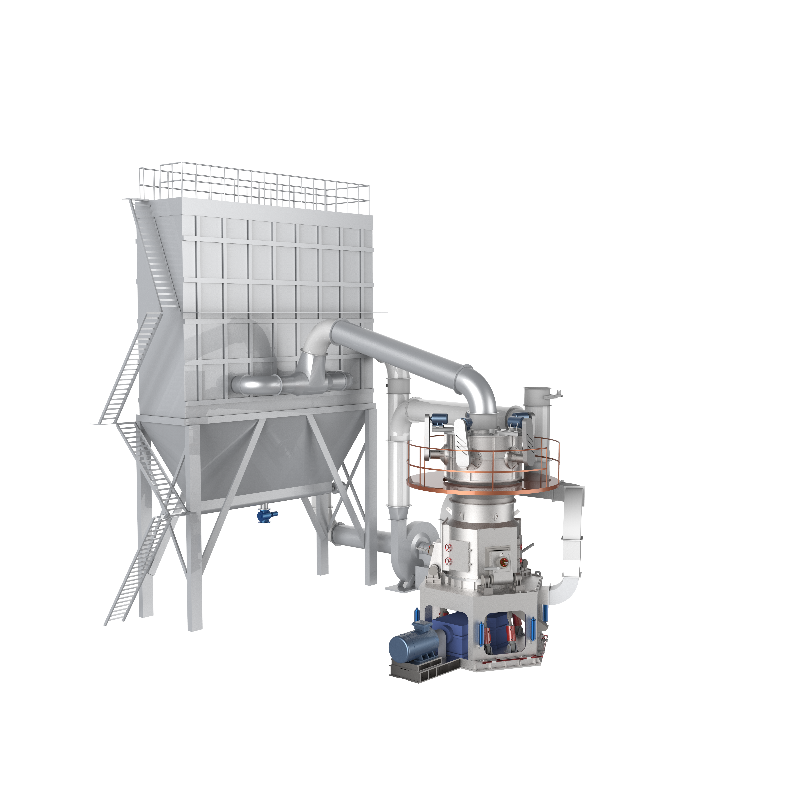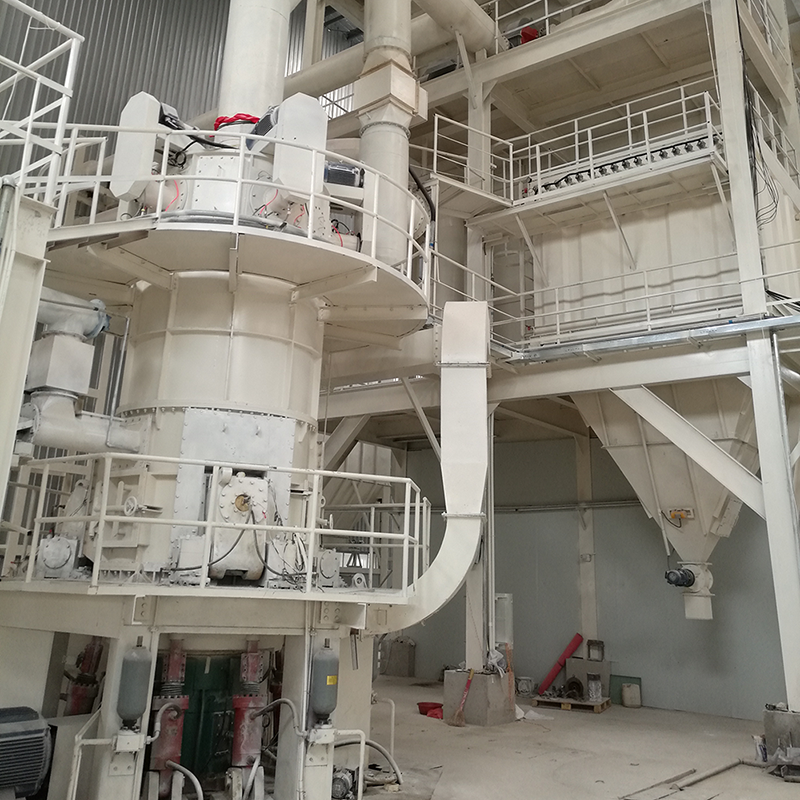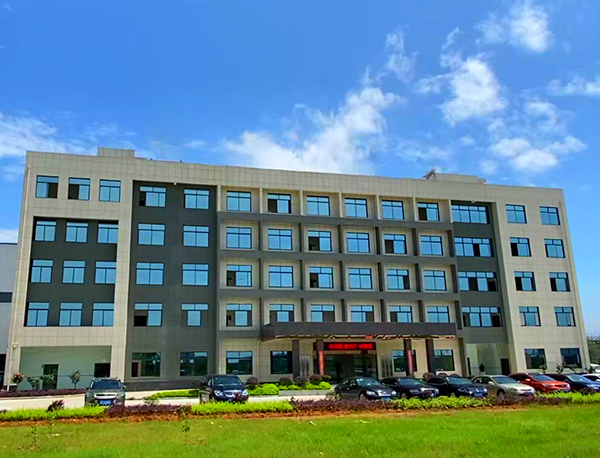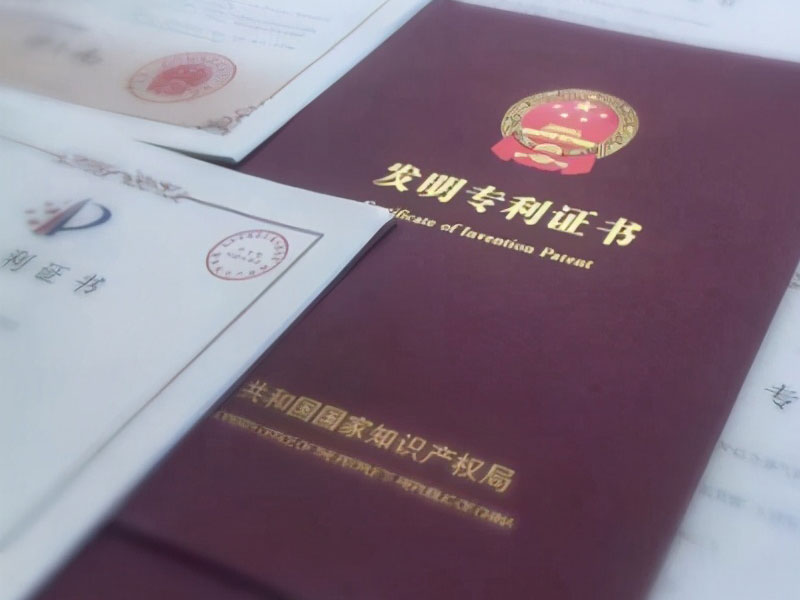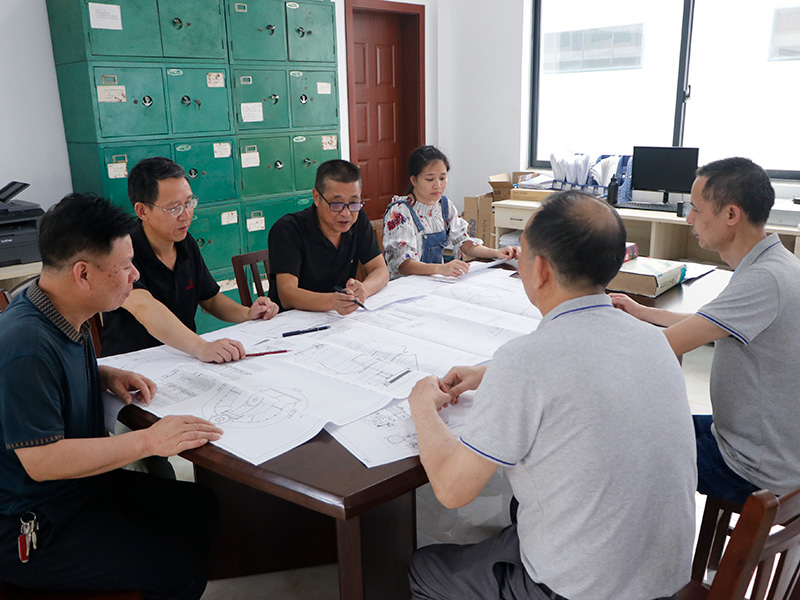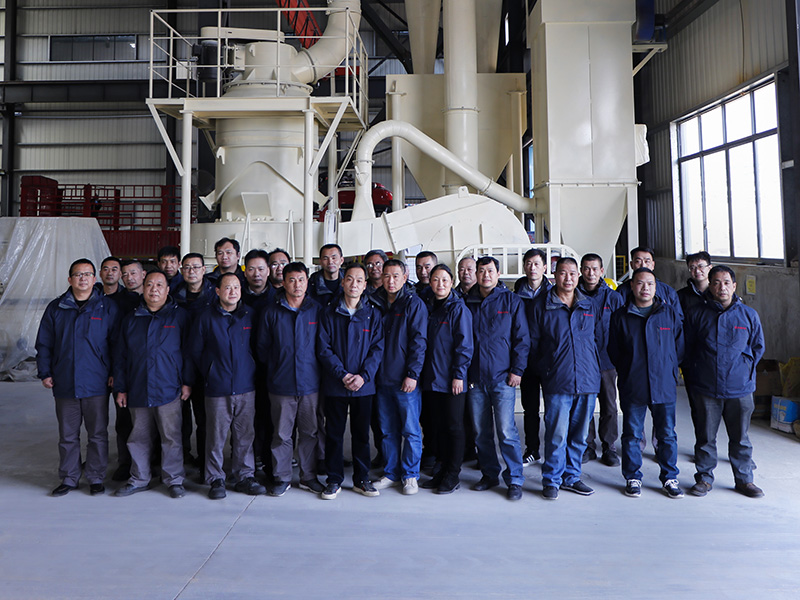Stone crushers, also known as crushers, stone crushers, and stone crushers, come in numerous varieties and have a wide range of applications. They are essential equipment in mines and sand and gravel aggregate production lines. So, what types of stone crushers are there? What are their approximate capacity? Let's take a closer look.
Main Types of Stone Crushers
Stone crushers can be divided into the following categories based on their operating methods and crushing efficiency:
- Classification by Crushing Efficiency
Coarse Crushing Equipment: Mainly responsible for primary crushing of bulk materials;
Secondary Crushing Equipment: Further crushing of coarsely crushed materials;
Fine Crushing Equipment: Used for fine crushing or sand production.
- Classification by Mobility
Stationary Crusher: Equipment installed in a fixed production line, suitable for large-scale continuous operations;
Mobile Crusher: Flexible and adaptable, suitable for mobile operations or multi-site use.
Two Common Equipment Types
- Stationary Primary Crushing Equipment - Jaw Crusher
Mainly used for primary crushing, it features a deep crushing chamber, no dead zones, and is less prone to feed blockage.
It can handle large stones up to 1200mm in diameter.
The discharge opening can be adjusted with a wedge, allowing the finished particle size to be controlled between 10-350mm.
The primary crushed stone is then ready for subsequent secondary and tertiary crushing.
- Stationary Secondary and Tertiary Crushing Equipment - Impact Crusher & Cone Crusher
Impact Crusher
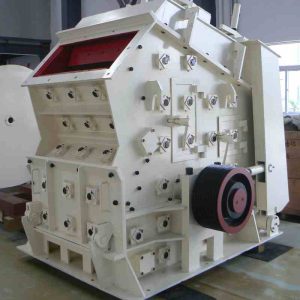
Commonly used for secondary and tertiary crushing of soft stones (such as limestone).
It utilizes the impact crushing principle, with the material repeatedly impacting between the hammer and the impact plate.
The finished particle size is 5-40mm, with good particle shape and a certain degree of shaping.
Cone Crusher
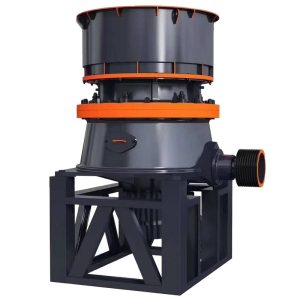
Commonly used for secondary crushing of high-hardness stones (such as granite and pebbles).
Using the laminated crushing principle, crushing is achieved through compression between the mortar wall and the crushing wall.
The hydraulically adjustable discharge port makes operation more convenient, with a discharge range of 3-60mm.
The finished product is often needle-like and flake-like, with relatively poor particle shape, and usually requires use with a sizing machine.
III.Part Stone Crusher Output Reference
The production capacity of different types and models of stone crushers varies significantly:
| Crusher Type | Capacity Range (tons per hour) |
|---|---|
| Jaw crusher | Approximately 1-2,200 tons per hour |
| Cone crusher | Approximately 12-700 tons per hour |
| Impact crusher | Approximately 30-800 tons per hour |
Actual output is also affected by factors such as raw material hardness, feed size, equipment configuration, and operator skill.
IV.Summary
There are many types of stone crushers, and each has its own advantages in terms of applicable materials, discharge size, and output.
If you need to process large rocks, a jaw crusher is recommended.
For soft materials, an impact crusher can be considered.
For hard rocks, a cone crusher is more suitable.
When selecting equipment, consider the material properties, production requirements, and production site conditions to optimally configure the production line to increase production capacity and reduce operating costs.

